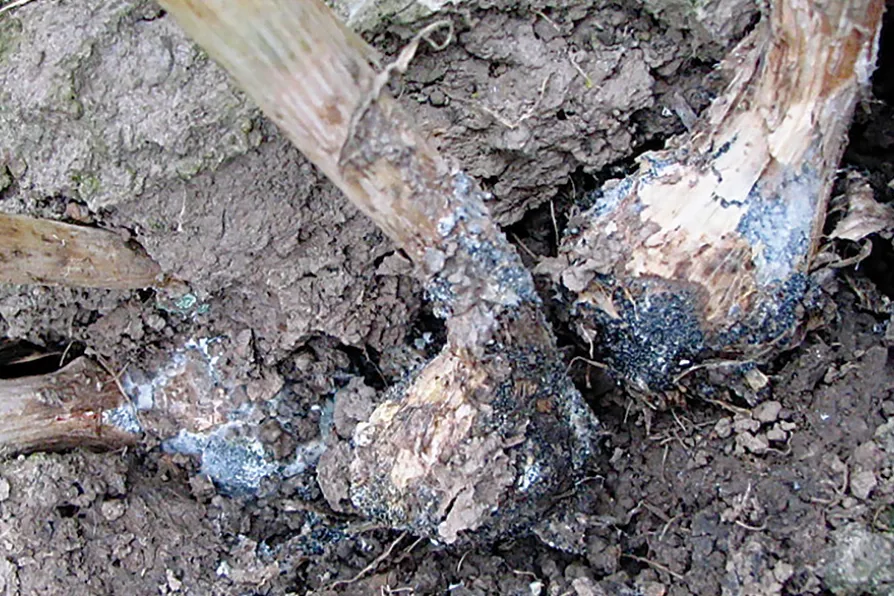SOLOMON HUGHES finds the government went along with a US scheme to distract from Israel’s lethal Gaza blockade with an impractical floating pier scheme – though its own officials knew it wouldn’t work
Hit by 'white rot'? Hit back!
MAT COWARD explains white rot, which affects members of the allium family, and offers a plausible solution

 Garlic white rot
[Pic: Shawn Meng/Oregon Department of Agriculture/flickr/CC]
Garlic white rot
[Pic: Shawn Meng/Oregon Department of Agriculture/flickr/CC]
A LOT of readers will flinch when I mention the words “white rot,” a disease which often becomes apparent at this time of the year as garlic, shallots or overwintered onions are lifted.
I apologise — I know it’s a sore subject, but there may be good news, so please read on.
The reason white rot is so dismaying to gardeners is not only that it can render an entire crop unusable, but also that once your soil is infected it can remain so for many years.
Similar stories

MAT COWARD rises over such semantics to offer step by step, fool-proof cultivating tips

It’s a dead easy crop to grow and can be made into one of Britain’s best sauces. MAT COWARD explains how

MAT COWARD battles wayward pigeons in pursuit of a crop of purple sprouting broccoli

Although there’s not much growing in the garden in January, globe artichokes are worth a try if you follow these tips from MAT COWARD










